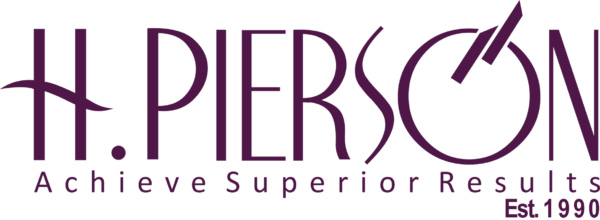September 23, 2025 Strategy
Nigeria’s payments business moves quickly, and it is easy for strategy, budgets and delivery to drift apart. When that happens, teams work hard but value slips, decisions slow down, and the story to the Board becomes unclear. There is a practical fix. Put the Chief Strategy Officer, Chief Financial Officer and Chief Technology Officer on one plan, one page and one weekly rhythm, and make them jointly responsible for progress. When the three work this way, the CEO gets a clear line of sight to value and the Board sees steadier results with fewer surprises.
What each leader brings
The CSO keeps the work tied to the outcomes the company is trying to achieve now. They cut through long lists and set a simple order: do the few things that matter, in the right sequence, with clear measures everyone can understand. They also keep the message consistent so staff, partners and regulators hear the same story.
The CFO makes money follow evidence. Funding is released in stages, not promised once a year. Budgets move towards streams that show progress and away from those that do not. This gives the work discipline without slowing it down, and it helps the company change course without drama.
The CTO turns clarity and funding into delivery that people can trust. They organise teams around the few priorities that matter, publish honest progress, and raise issues early. Because there is one plan and one set of measures, time is not lost debating which work matters most.
How the alliance runs week to week
Keep it simple. Agree one plan with three active streams that genuinely move outcomes for the company this quarter. Set a short, fixed weekly meeting for the three leaders to confirm priorities, remove blockers and record decisions. End every session with a one-page update that the CEO can share with the Board. Use plain language. State what moved, what stalled, what decision is needed next, who owns it and by when.
Use five lenses to keep the conversation focused
- Direction. Are we doing the right few things in the right order.
- Delivery. What shipped, what slipped, and what changed as a result.
- Performance. Which outcome moved this week and by how much.
- Stakeholders. Are investors, regulators, partners and customers seeing the same progress.
- Risk. Which two risks are rising, who owns the next step, and when it will be taken.
These lenses keep the meeting short and the Board paper clear. They also reduce the temptation to celebrate activity rather than results.
Make outcomes unmissable
Boards care about outcomes they can read in one glance. Pick a small set that reflects how the business actually succeeds. For a payments company in Nigeria, these often include adoption, authorisation, loss per ₦1m processed, uptime and impact on margin. Track them every week. If a stream is not moving one of these measures, the CFO pauses funding and the CSO reshapes or stops the work. The CTO focuses teams only where there is a clear path to impact.
Practical moves that work on the ground
When instant transfers, cards, QR, agent networks and platform upgrades all compete for attention, group streams by the outcome they drive. If the goal is higher authorisation, keep the work list short and specific: token coverage, retry logic and issuer routing, for example. If the goal is lower loss, focus on the few controls that shift losses without slowing genuine customers. When external timelines tighten, sequence what must land before public dates are set. Confidence grows because plans respect reality and evidence is shared.
What changes for the CEO and the Board
Decisions become faster and better because trade-offs are explicit and time-bound. Money, effort and results sit on one page, so progress is simple to judge. The message to the market becomes steadier because the company is talking about the same things it is actually delivering. Waste falls because funds move to the streams that change outcomes. The Board sees a company that is serious about choices and honest about progress.
A one-page update your Company Secretary can lift into the pack
Keep it to five short blocks:
- The two or three outcomes that matter most this quarter, with targets.
- The few streams tied to those outcomes, each with a named owner.
- What changed this week and the decision needed next.
- The short list of risks and who is handling them.
- A brief note to align teams and partners on the story and the next steps.
This page becomes the heartbeat of the programme. It also gives Audit, Risk and Strategy Committees a shared view, so oversight improves without extra meetings.
Why this approach suits Nigeria’s payments market
The sector is regulated, high volume and highly visible. Progress depends on clear choices, reliable delivery and a steady message to customers, partners and regulators. The CSO–CFO–CTO alliance fits this reality. It turns ambition into a small set of actions that move outcomes, and it gives Boards a clean way to judge whether the company is on track. Because the cadence is light and the language is plain, the approach travels well across product, operations and compliance.
If you want everyone pulling in the same direction, H. Pierson can co-create a plan with your CSO, CFO and CTO, or with the full executive team if preferred, using your priorities and language. We will make targets, owners and next moves clear. Then we will work with you to cascade it with key middle-manager groups.





